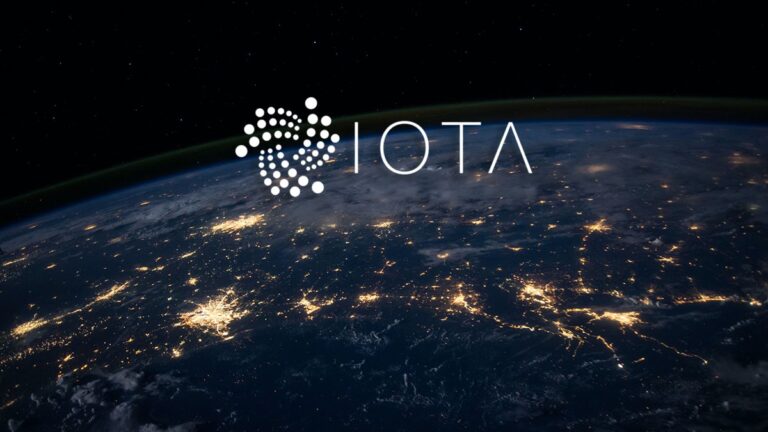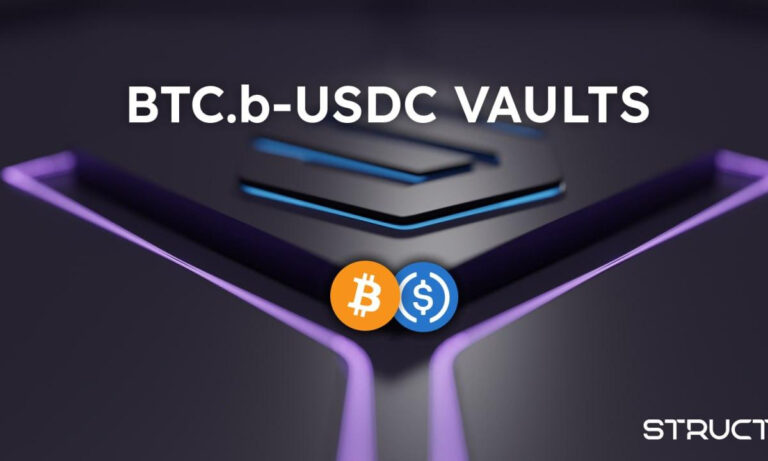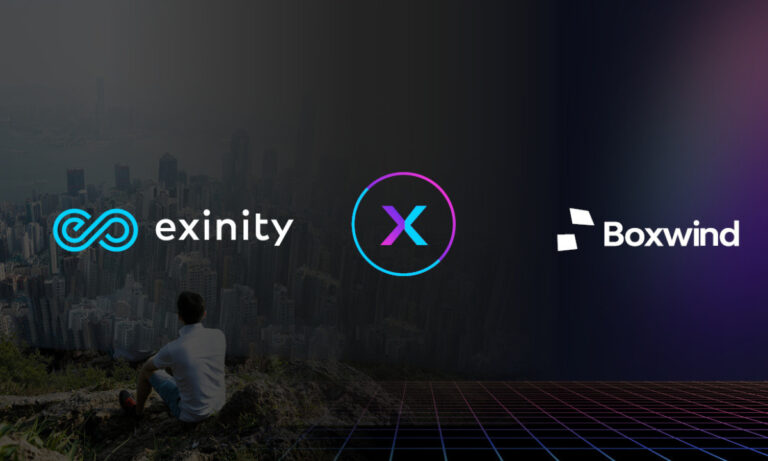Blockchain Revolutionizing Financial Inclusion: Unveiling the Global Framework

- A global financial inclusion framework has been introduced to evaluate the inclusivity potential of financial solutions, focusing on Access, Quality, Trust, and Usage.
- Blockchain technology plays a pivotal role in enhancing financial inclusion, particularly in reducing transaction costs and bridging financial gaps.
Blockchain technology is reshaping the landscape of global finance, ushering in a new era of inclusivity. With approximately 1.4 billion adults lacking access to financial services, the need for inclusive financial systems has never been more evident. As corporations strive to assess their societal impact, the importance of understanding how products and services influence financial inclusion in a rapidly evolving technological ecosystem cannot be overstated.
A structured methodology, known as the global financial inclusion framework, has been introduced to assist financial service providers in evaluating the inclusivity potential of their solutions. This framework offers a comprehensive examination of existing financial solutions, assessing their effectiveness across four critical dimensions:
Access: This dimension evaluates how easily individuals and entities can utilize available financial products and services, taking into account factors such as pricing, geographical accessibility, and availability over time.
Quality: Quality assesses the appropriateness and suitability of financial offerings, encompassing delivery mechanisms and client awareness.
Trust: Trust measures the reliability, security, transparency, and regulatory compliance of digital financial services.
Usage: Usage analysis delves into consumption patterns and behaviors to understand the extent of financial services utilization.
Blockchain: A Catalyst for Financial Inclusion
Blockchain technology stands as a cornerstone in the journey toward expanding financial inclusion. Through the integration of blockchain with traditional financial services, a vast gateway to the digital economy is forged. Blockchain’s inherent capabilities address the challenges that traditional models often struggle with.
For instance, in the ‘Access’ dimension, blockchain significantly reduces transactional costs, enhancing affordability—a critical factor for the financially underserved. A study of 12 blockchain-powered payment solutions revealed a substantial reduction in transaction fees (0-1%) for cross-border remittances compared to the average fees charged by conventional financial institutions (2.7-3.5%).
The journey toward greater financial inclusion is multi-faceted. As organizations harness the potential of blockchain through the global financial inclusion framework, a path toward reducing the financial divide and fostering a socially equitable global economy emerges. These frameworks not only amplify companies’ societal impact but also create avenues for sustainable business outcomes within a blockchain-integrated financial ecosystem.















